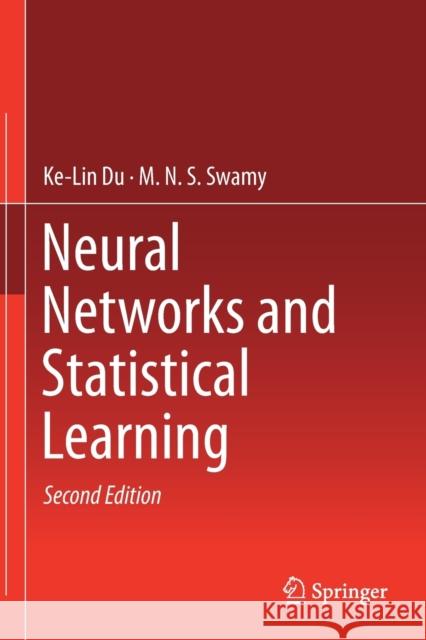Neural Networks and Statistical Learning » książka
topmenu
Neural Networks and Statistical Learning
ISBN-13: 9781447174547 / Angielski / Miękka / 2020 / 988 str.
Neural Networks and Statistical Learning
ISBN-13: 9781447174547 / Angielski / Miękka / 2020 / 988 str.
cena 403,47
(netto: 384,26 VAT: 5%)
Najniższa cena z 30 dni: 385,52
(netto: 384,26 VAT: 5%)
Najniższa cena z 30 dni: 385,52
Termin realizacji zamówienia:
ok. 22 dni roboczych
Dostawa w 2026 r.
ok. 22 dni roboczych
Dostawa w 2026 r.
Darmowa dostawa!
Kategorie:
Kategorie BISAC:
Wydawca:
Springer
Język:
Angielski
ISBN-13:
9781447174547
Rok wydania:
2020
Wydanie:
2019
Ilość stron:
988
Waga:
1.39 kg
Wymiary:
23.39 x 15.6 x 5.08
Oprawa:
Miękka
Wolumenów:
01
Dodatkowe informacje:
Wydanie ilustrowane











